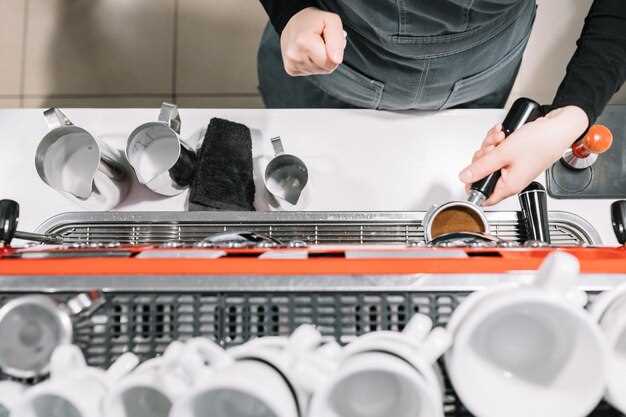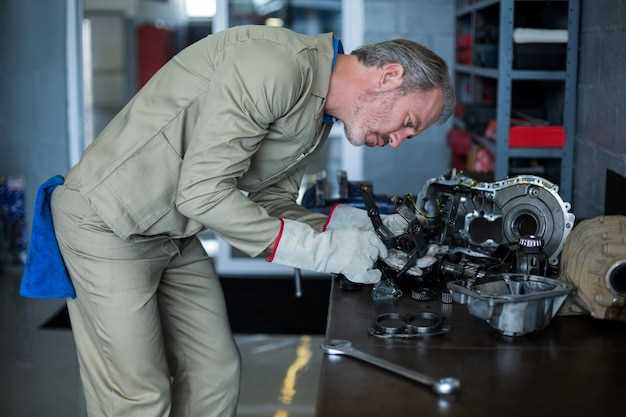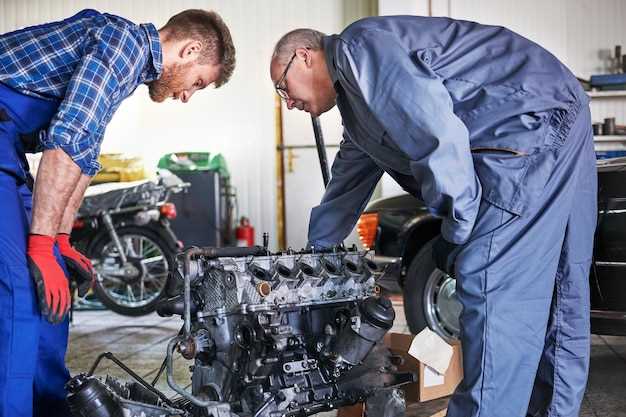
In today’s world, where fuel prices are climbing and environmental concerns are at the forefront, optimizing your carburetor can significantly enhance fuel efficiency. Proper tuning of your carburetor not only helps in achieving better mileage but also generates a smoother engine performance. Understanding the intricacies of carburetor tuning is essential for anyone looking to maximize their vehicle’s fuel economy.
Carburetors play a pivotal role in mixing air and fuel for combustion. An improperly tuned carburetor can lead to excessive fuel consumption, increased emissions, and overall inefficiency. By focusing on precise tuning, you can ensure that the air-fuel mixture is at its optimal ratio, thus reducing wastage and promoting better engine function.
In this article, we will delve into various techniques for fine-tuning your carburetor, including adjusting the idle speed, optimizing jet sizes, and ensuring proper airflow. Each of these factors contributes to achieving the best fuel savings possible while maintaining engine performance. Enhancing your carburetor’s efficiency is not just a cost-saving measure; it’s a commitment to responsible vehicle ownership.
Adjusting Air-Fuel Mixture for Better Combustion
To achieve optimal fuel savings, it is crucial to adjust the air-fuel mixture in your carburetor. The correct mixture promotes efficient combustion, leading to improved performance and reduced emissions. An improperly adjusted mixture can result in engine knocking, reduced power, and inefficient fuel use.
The air-fuel mixture is the ratio of air to fuel that enters the combustion chamber. For most engines, a stoichiometric ratio of approximately 14.7:1 (air to fuel) is ideal. This means that for every part of fuel, there should be about 14.7 parts of air. However, environmental conditions, engine load, and modifications can affect this ratio.
To adjust the mixture, first, locate the adjustment screws on your carburetor. Typically, there are two main screws: one for idle speed and one for the air-fuel mixture. Start with the air-fuel mixture screw. Turn it slowly while observing engine performance. If the engine begins to run smoother and responds better to throttle input, you are likely moving in the right direction.
If the engine begins to sputter or lose power, you may be running too rich (too much fuel) or too lean (too much air). A rich mixture can waste fuel, while a lean mixture may cause overheating and engine damage. Strive for a balance where the engine runs smoothly across all RPM ranges.
It’s also beneficial to monitor exhaust emissions using an air-fuel ratio gauge or a similar device. This can help fine-tune the adjustments for optimal performance and environmental compliance.
Regular maintenance and adjustments of your carburetor are essential for enhanced combustion efficiency. This practice not only maximizes fuel savings but also prolongs the life of your engine. An optimized carburetor setting ensures that you make the most of every drop of fuel, ultimately benefiting both your wallet and the environment.
Identifying and Fixing Common Carburetor Leaks

Carburetor leaks can significantly impact fuel efficiency, making it crucial to identify and fix these issues promptly. Common symptoms of a leaking carburetor include poor engine performance, excessive fuel consumption, and visible fuel pooling around the carburetor area.
Start by inspecting the carburetor body and mounting gasket for signs of fuel seepage. A cracked body or deteriorated gasket can allow fuel to escape, leading to inefficient tuning. Replace any damaged parts immediately to restore proper function.
Next, examine the throttle shaft and idle mixture screws. If you notice fuel dripping from these areas, it may indicate worn seals or improper adjustments. Replacing the worn components and fine-tuning the carburetor settings can help eliminate these leaks.
Additionally, check the fuel lines and connections for any cracks or loose fittings. A compromised fuel line can lead to leaks that not only affect performance but can also create fire hazards. Make sure all connections are tight, and consider replacing old lines with new, high-quality materials.
Regular maintenance, including cleaning and tuning, is essential for optimal carburetor function. Ensure that your carburetor receives a thorough cleaning to remove any residue that could contribute to poor sealing. After cleaning, reassemble the carburetor accurately to prevent misalignment and leaks.
By systematically identifying and addressing these common carburetor leaks, you can maximize fuel savings and enhance your vehicle’s performance.
Tuning Idle Speed for Improved Fuel Economy

Tuning the idle speed of your carburetor is a critical step in optimizing your engine for better fuel economy. An improper idle speed can lead to increased fuel consumption, as the engine may run inefficiently during idle periods. To achieve the best results, it’s essential to find the optimal idle speed for your specific engine configuration.
The first step in tuning is to consult your vehicle’s owner manual or service specifications for the recommended idle speed range. Typically, this is measured in RPM (revolutions per minute). Adjusting the idle speed within this range can help improve combustion efficiency. Using a tachometer can assist in making precise adjustments.
To tune the idle speed, locate the idle adjustment screw on your carburetor. By turning the screw clockwise, you can increase the idle speed, while turning it counterclockwise will decrease it. Make small incremental adjustments and regularly check the RPM to avoid overshooting the desired speed. Allow the engine to stabilize after each adjustment to ensure accurate readings.
Once the ideal idle speed is achieved, monitor engine performance and fuel consumption over a few driving cycles. An optimal idle speed leads to smoother engine operation and reduced fuel usage when the vehicle is stationary. Additionally, it can minimize engine wear over time, contributing to overall efficiency.
Remember, tuning is not a one-time task; periodic checks and adjustments may be necessary as engine components wear or environmental conditions change. Maintaining the correct idle speed helps in maximizing fuel savings and reduces emissions, making it an essential aspect of keeping your vehicle running efficiently.


